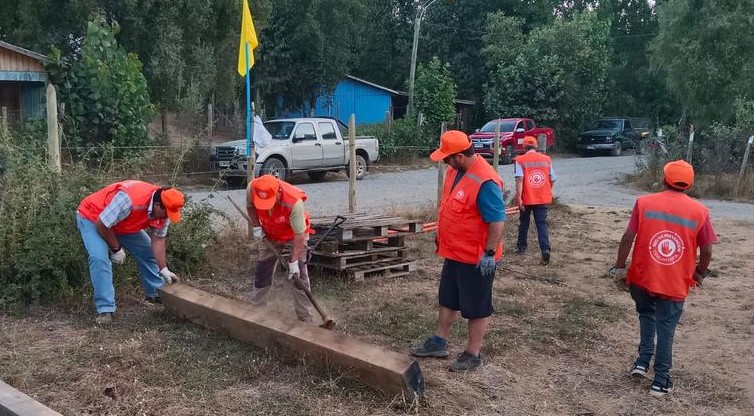Drones, Sensors, and Satellites: The Fight Against Wildfires in the Digital Era
- In today's world, geospatial technologies or geoinformatics are emerging as essential tools for the persistence of forest ecosystems.
Wildfires, fueled by the climate crisis and the high temperatures characteristic of the Mediterranean, are confronting countries with an increasingly challenging reality. In this scenario, a new generation of technologies is emerging as a powerful ally in the battle against fire.
Drones, sensors, supercomputers, and satellites have become essential tools in the fight against large-scale wildfires. Climate change is pushing forest vegetation to unprecedented stress levels, leading to a wave of more extensive and violent mega-fires, affecting multiple countries not only in summer but throughout the year.
In anticipation of the upcoming meteorological summer, countries like Spain are advancing their state wildfire campaigns to prepare for the imminent threat. This early action is vital given the extreme alert situation in several parts of the Mediterranean, especially in the northeast, according to data from the European Copernicus service.
Rafael M. Navarro, director of the Dendrochronology, Forestry, and Climate Change Laboratory at the University of Córdoba, emphasized the need for new tools to address these environmental challenges. The combination of the climate crisis and changes in forest land use due to human activity is causing significant damage to ecosystems, increasing their vulnerability.
Geospatial Technology for Forest Management
Every year, around 10 million hectares of forest systems are destroyed, despite their critical importance in absorbing CO2 emissions and providing essential resources for humanity, such as medicines, fuels, and food.
In this context, geospatial technology and geoinformatics have emerged as fundamental tools for forest management and the generation of environmental services. These technologies do not simply seek to "digitize the forest" but rather use digitalization to efficiently manage forest areas and ensure their preservation and sustainable use.
The sensorization of vegetation on the ground, connection to the Internet of Things, artificial intelligence, and supercomputing combine to enhance data analysis and modeling capabilities, thereby contributing to more effective forest management.
This is reflected in initiatives like the Global Wildfire Information System (GWIS) and the Global Fire Monitoring Center (GFMC), which use advanced technology for early detection and wildfire management.
The digital transformation in forest sciences in the face of the 21st century's environmental crises represents progress that is here to stay. Emerging technologies are proving to be allies in preserving ecosystems and combating the devastating wildfires that threaten biodiversity.
Source:canal26.com

















